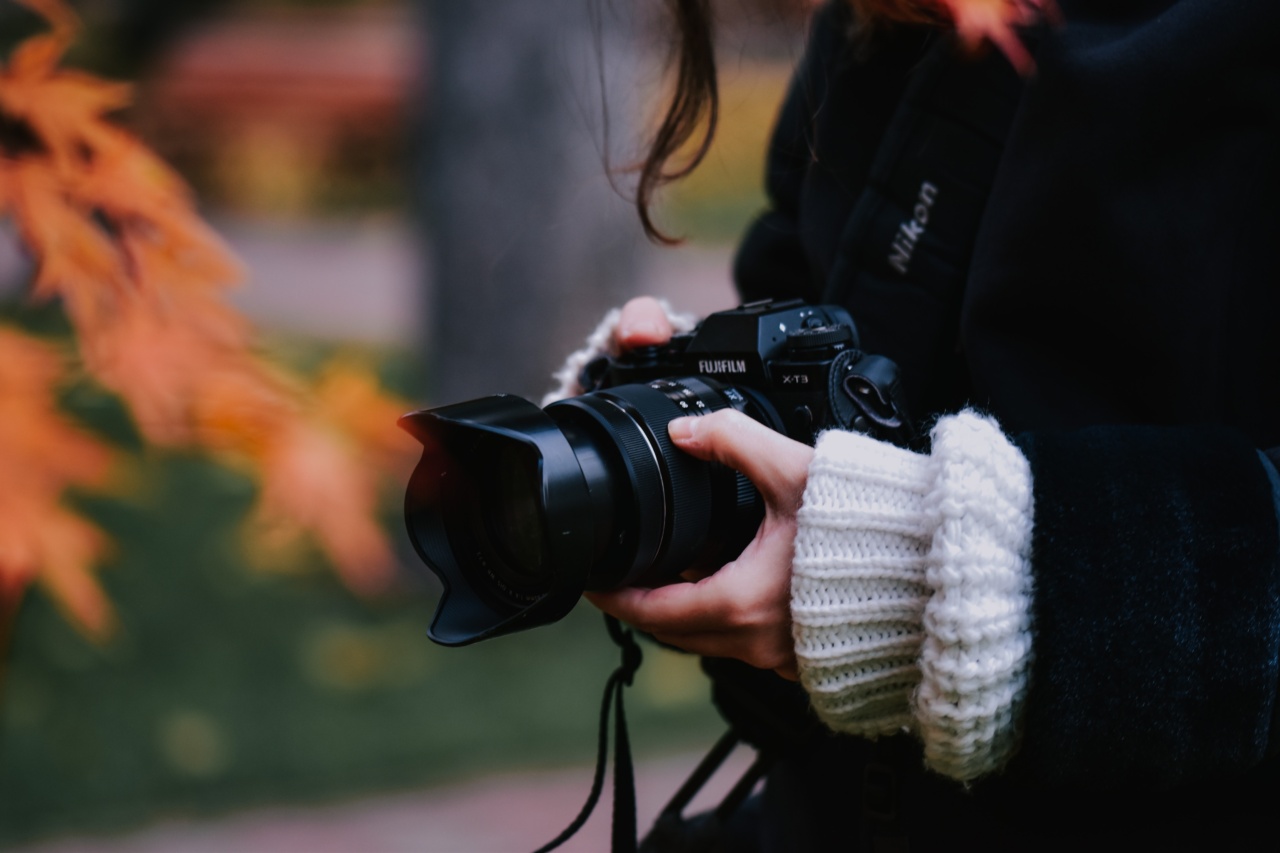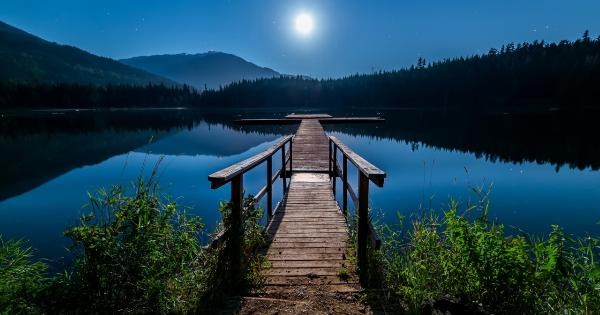Photography is an art that allows us to capture the beauty of the world around us. While there are many different styles and techniques in photography, capturing natural images holds a special place in the hearts of both photographers and viewers.
Natural images have the power to invoke emotions, transport us to different places, and connect us with nature. In this article, we will explore some tips and techniques on how to capture stunning natural images in photography.
1. Understand the Essence of Nature
Before you start capturing natural images, it is essential to understand the essence of nature. Spend time observing the patterns, textures, colors, and shapes that exist in the natural world.
Pay attention to how light interacts with nature, creating shadows and highlighting certain elements. By understanding nature’s beauty, you can capture it more effectively.
2. Use Natural Light
One of the most critical factors in capturing natural images is utilizing natural light. Natural light has a unique quality that can enhance the beauty of your subjects.
Avoid using flash or artificial lighting as much as possible, as it can make your photos appear flat or artificial. Instead, shoot during the golden hour (just after sunrise or before sunset) when the light is softer and warmer, casting a magical glow on your subjects.
3. Select the Right Equipment
While you don’t need a fancy camera or expensive equipment to capture natural images, having the right tools can make a significant difference.
Invest in a good quality camera that allows you to control settings such as aperture, shutter speed, and ISO. Additionally, consider purchasing a sturdy tripod to stabilize your shots, especially in low light or when capturing long exposures of landscapes.
4. Research and Scout Locations
To capture the best natural images, it’s important to research and scout locations ahead of time. Look for places that offer unique and diverse landscapes, such as mountains, forests, waterfalls, or beaches.
Explore different angles and perspectives to make your images stand out. Plan your visits during different times of the year to capture the changing seasons and natural phenomena.
5. Focus on Composition
Composition plays a crucial role in creating visually appealing natural images. Use the rule of thirds to place your subjects off-center, creating a sense of balance and intrigue.
Pay attention to the foreground, middle ground, and background elements to add depth to your images. Experiment with leading lines, framing, and symmetry to guide the viewer’s eye and create a strong composition.
6. Patience is Key
When it comes to capturing natural images, patience is key. Nature can be unpredictable, and the perfect shot may require waiting for the right moment.
Whether you’re waiting for the sun to peek through the clouds or for wildlife to appear, take your time and be patient. Sometimes, the most incredible natural images come to those who are willing to wait.
7. Capture Detail and Texture
The natural world is filled with intricate details and textures that can make your images more captivating. Get up close to your subjects and capture the fine details that often go unnoticed.
Whether it’s the veins on a leaf, the rough bark on a tree, or the texture of a flower petal, highlighting these details can enhance the overall impact of your images.
8. Experiment with Different Perspectives
Don’t be afraid to experiment with different perspectives when capturing natural images. Try shooting from low angles or ground level to present a unique viewpoint.
Climb to higher vantage points to capture sweeping landscapes or bird’s-eye views. By exploring different perspectives, you can add variety and interest to your natural images.
9. Include Human Elements
While the focus may be on nature, including human elements in your natural images can add a sense of scale and emotion.
A lone hiker on a vast mountain, a person admiring a sunset, or a child playing in a field of flowers can all create a connection between the viewer and the natural world. Be mindful of how these human elements interact with nature and ensure they complement your composition.
10. Edit with Care
After capturing your natural images, the editing process can bring out the best in your photos. However, it’s crucial to edit with care. Avoid heavy-handed editing that can make your images appear unnatural or over-processed.
Enhance the colors, refine the exposure, and make minor adjustments to highlight the inherent beauty of nature in your images.
Conclusion
Capturing natural images in photography is a delightful way to showcase the beauty of the world around us.
By understanding the essence of nature, utilizing natural light, selecting the right equipment, and focusing on composition, you can capture stunning natural images that evoke emotions and connect viewers with the natural world. Remember to be patient, experiment with different perspectives, and edit your images with care. Happy shooting!.





























